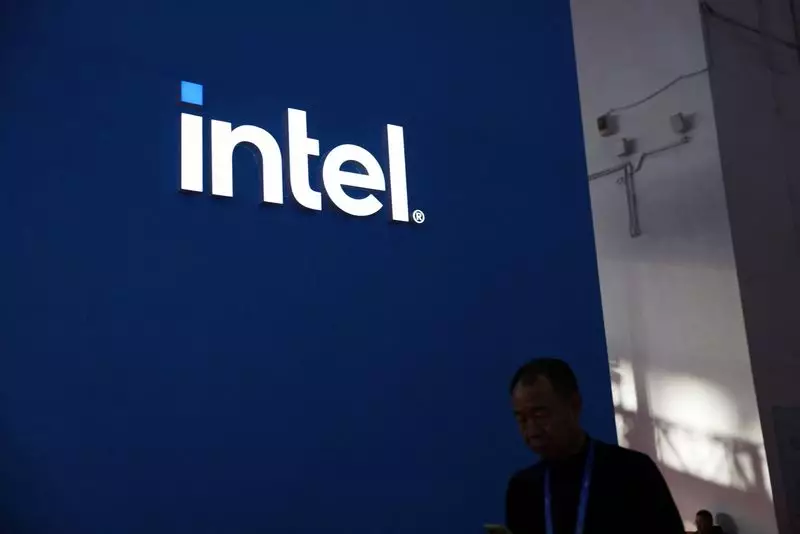Intel Corporation (NASDAQ:INTC), a stalwart in the semiconductor industry, is experiencing a significant leadership transition that raises questions about its strategic direction. The recent resignation of CEO Pat Gelsinger, announced alongside the appointment of interim co-CEOs David Zinsner and Michelle Holthaus, marks a pivotal moment for the company. While immediate financial relief may be plausible through an exit from its foundry operations, the long-term ramifications of this leadership change present substantial risks.
Citi analysts have flagged the company’s foundry business as a potential area of concern, suggesting it might be prudent for Intel to divest this segment. Gelsinger was a staunch advocate for the foundry unit, which has struggled financially, losing significant capital as it sought to compete in a landscape dominated by players like Taiwan Semiconductor Manufacturing Company (TSMC) and NVIDIA Corporation (NVDA). Analysts argue that ceasing efforts to establish itself as a merchant foundry could bolster Intel’s short-term financial stability. However, dismantling this operation would also mean relinquishing a critical endeavor that Gelsinger believed was vital to renewing Intel’s competitive edge.
A critical factor in Intel’s future hinges on the expertise and vision of its new leadership. Gelsinger’s departure after less than four years reveals a lack of confidence from the board regarding his turnaround strategies. His tenure was characterized by ambitious yet incomplete plans to innovate and revitalize the company’s manufacturing processes. For Intel to recover lost ground, especially in the rapidly evolving artificial intelligence sector, it will need management with a technological acumen and a clear strategy for modernization. The apprehension surrounding the technical competencies of Zinsner and Holthaus must not be understated, as their leadership will influence the company’s innovation trajectory profoundly.
The immediate aftermath of Gelsinger’s resignation saw Intel’s share prices dip—continuing a trend that has seen the company’s stock value reduced by half in 2024 alone. Investors are scrutinizing Intel’s relative performance amid fierce competition. During a time when demand for AI-centric chips has skyrocketed, Intel has notably lagged behind its rivals in terms of product releases and technological advancements. The market has shifted, and with it, the expectations for a semiconductor giant like Intel. Deviating from a path toward greater competitiveness could further entrench its legacy as a follower rather than a leader.
As Intel embarks on this new chapter, the convergence of potential short-term financial gains and long-term strategic uncertainty creates a precarious environment. The decision to possibly exit from the foundry segment and the ongoing challenge of maintaining robust product offerings place Intel at a crossroads. Stakeholders will be watching closely to see how the new leadership formulates a response to these multifaceted challenges and whether Intel can realign itself amid an evolving technological landscape.

